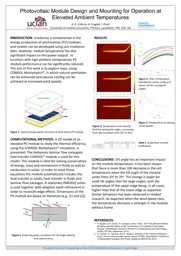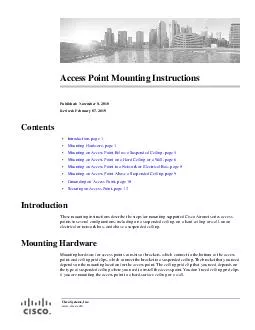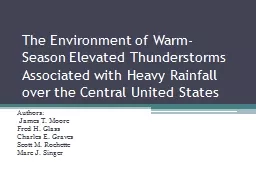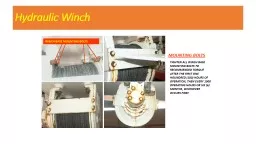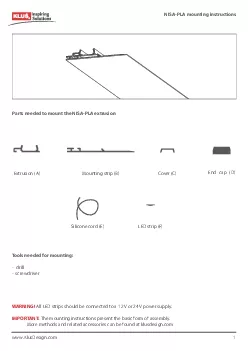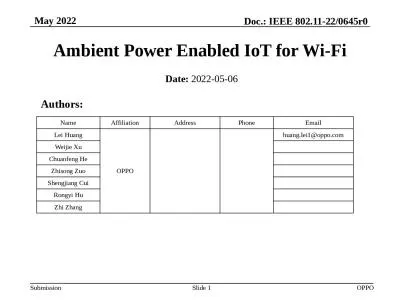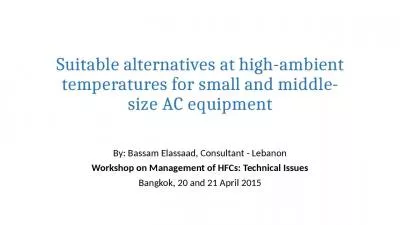PPT-Photovoltaic Module Design and Mounting for Operation at Elevated Ambient Temperatures
Author : limebeauty | Published Date : 2020-08-04
A G Zubiría A Fragaki I Khan University of Central Lancashire Preston Lancashire PR1 2HE UK INRODUCTION Irradiance is fundamental in the energy production of
Presentation Embed Code
Download Presentation
Download Presentation The PPT/PDF document "Photovoltaic Module Design and Mounting ..." is the property of its rightful owner. Permission is granted to download and print the materials on this website for personal, non-commercial use only, and to display it on your personal computer provided you do not modify the materials and that you retain all copyright notices contained in the materials. By downloading content from our website, you accept the terms of this agreement.
Photovoltaic Module Design and Mounting for Operation at Elevated Ambient Temperatures: Transcript
Download Rules Of Document
"Photovoltaic Module Design and Mounting for Operation at Elevated Ambient Temperatures"The content belongs to its owner. You may download and print it for personal use, without modification, and keep all copyright notices. By downloading, you agree to these terms.
Related Documents

